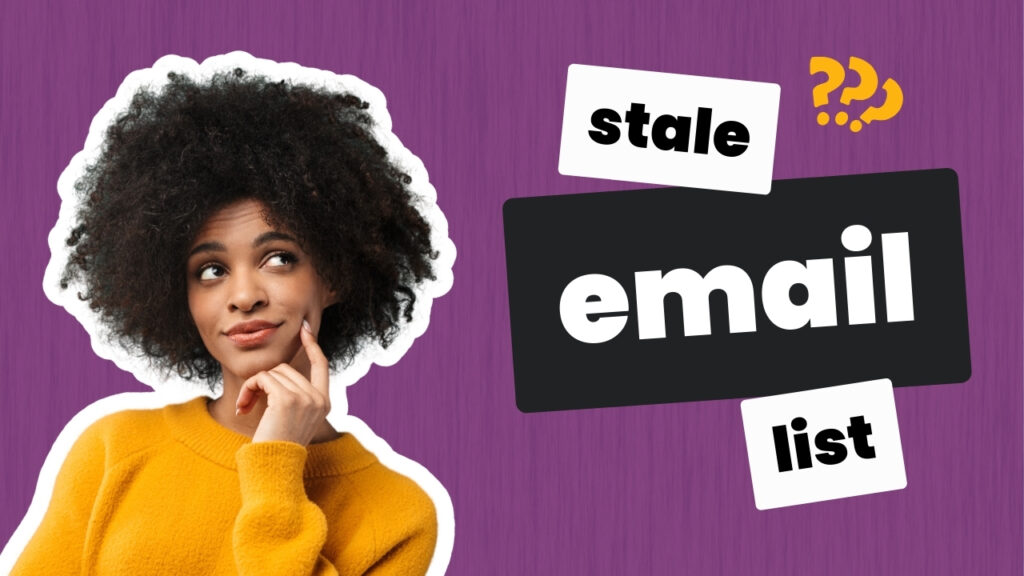You’re confident you have the right marketing messages. But prospects still scroll past your ads, delete your emails, and click close tab just microseconds after landing on your sales page.
So what’s the deal?
In this video, you’ll find out why the right “messages” still get ignored. (Watch to learn why I added the quotation marks.) Plus, I’ll give you a simple strategy for taking your copy from ignorable to interesting.
So more prospects pay attention to your pages, emails, and ads.
Transcript:
There are situations where you can use the right messages and still get ignored by prospects. And we’ll get to why I put messages in quotation marks.
Hi, I’m Paige from theimpactcopywriter.com, and I help founders and marketers boost the conversions for their most critical campaigns by focusing specifically on their marketing messages or, as we like to call it, the copy.
Today, I’m going to talk about why the right messages still get ignored and a simple way you can start thinking about your messaging that will help you write copy that is more compelling for prospects.
And of course, you want it more compelling because it connects to prospects and converts them into customers.
Recently, I was working with a client. We were optimizing some email campaigns. After doing the research, surveying their customers, and looking at what really motivates those customers to seek out a solution like my clients’, and then analyzing that against the copy in the email campaigns, the controls, I could see that my clients were using the right messaging themes.
Now, that’s the reason I put messages in quotations because messaging is really two different levels.
On the first level, you have WHAT you say.
And I like to think of these as our messaging themes. Our messaging themes are often these more general, broad statements like “grow my business”. That’s a messaging theme.
On the second level, it’s not just what you say; it’s also HOW you say it.
And that’s more about the expression of that theme. The problem with using themes primarily in your messaging and not taking those themes and pushing them further is that: Because they are general, vague statements, they come off as boring.
They lack any emotional sort of connection, and they’re easily ignorable.
If you’re using messaging themes and you’re just saying, “grow my business,” and you’re not really diving deeper into using more specificity in the way that you express that message, that’s a situation where you know you’re using the right message. You know your prospects care about growing their business.
But you’re not saying it in a way that makes them care about what you’re promoting.
For this client, I gave them an example exercise to start to think about how to go deeper and take messages beyond the theme to actually saying something that really has a lot more emotional pull and connection with the prospect or the person reading whatever piece of copy you’re putting out.
So for this client specifically, they’re selling to photographers.
One of the outcomes, the messaging themes, that we know photographers are looking for is they’re looking to grow their business. I told them to imagine that you’re in a conversation with a photographer, like an interview or something like that or just a casual conversation. And you ask them, “Well, why did you sign up for our program?” And they say, “Well, I want to grow my business.” That’s our messaging theme.
But we really want to push past that.
And so a follow-up question that would help you dig deeper would be, “Okay, you want to grow your business. Well, what does that look like for you?”
And then you might get answers they’re like, “I want to make a full-time income without working 100-hour weeks” or “I want to be the most sought-after photographer in my city” or “I want to work with clients who respect the work I do” or “I want to charge prices that are worth my time and talent.”
So you can see there that we’re already starting to get to more specific ways that they want their business to change. And because we’re getting more specific, we actually make a stronger emotional connection.
Using specificity and pushing those messaging themes further to get more specific in how they really manifest in someone’s daily life or their work life, or whatever that context is for you, being specific will help you make a stronger emotional connection.
And it will take your messaging from ignorable to “oh well, let me see, let me find out more about this.”
This is a great exercise that you can use in interviews. When you’re talking to someone, you can just dive deeper into what “grow my business” or whatever that theme is for you. You can dive deeper into that with a real prospect.
You can also, you know, work it into surveys where you can ask them to expand on something that they just said.
I also find it’s a really great self-reflective exercise when you’re actually in the writing process or in the Google Doc and you’re recognizing that you have a lot of things, and you really want to push those further, just by asking yourself, “well, how does that manifest in life? What does that mean for my process? You know, what does that look like in a really specific way?”
That can help you start to brainstorm ideas for ways to express those messages so that they come off as interesting and compelling and are more likely to connect.
Remember, it’s not enough to use the right message, you also must express that message in a compelling way.
If you need help figuring out how to write copy that gets prospects to pay attention to what you’re promoting, let’s chat.


